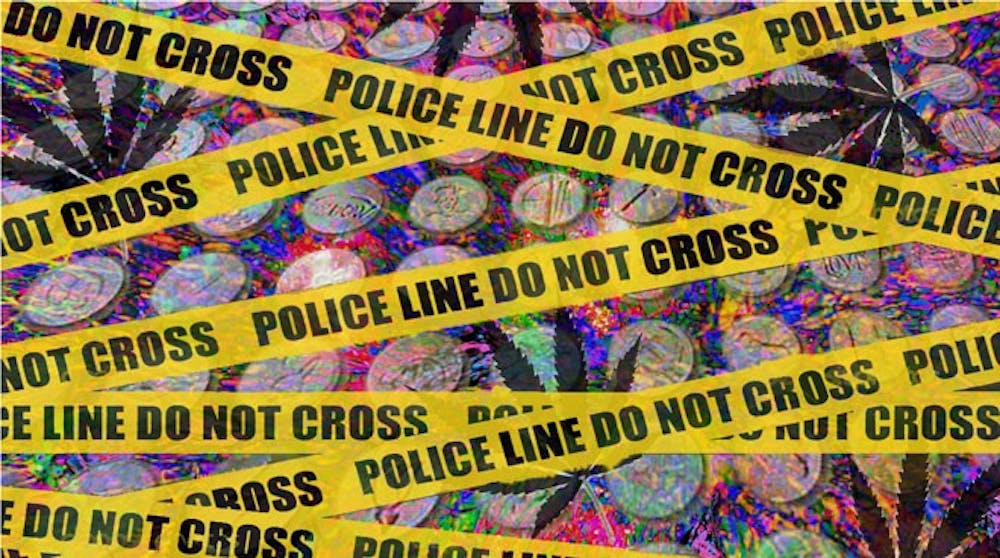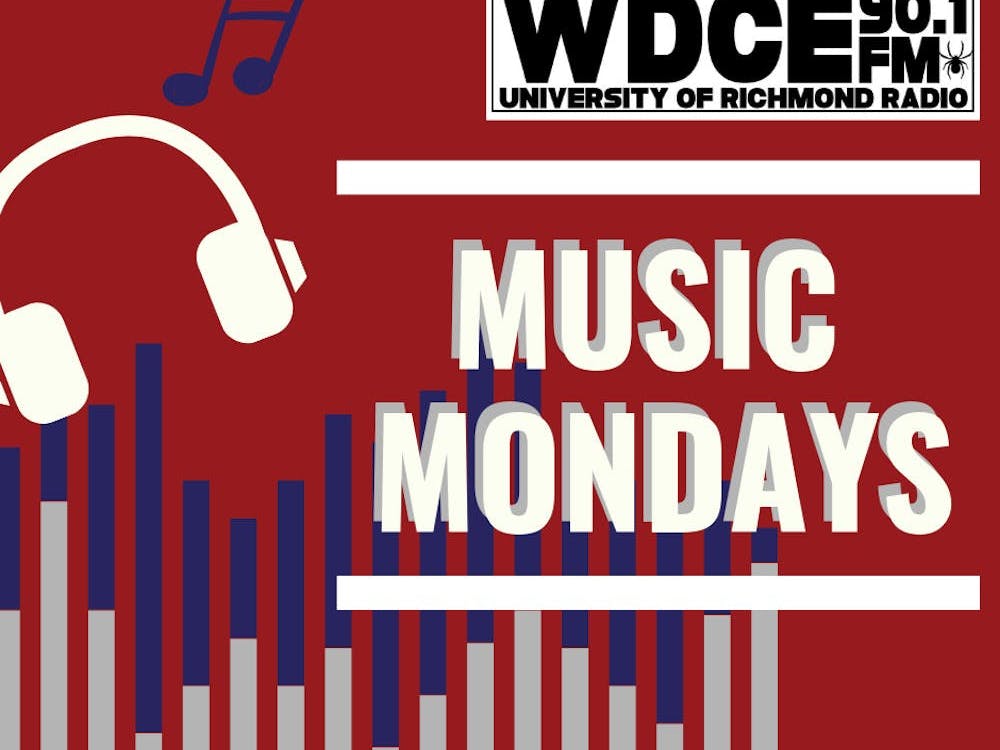Shelley Goldsmith was an exceptionally normal college kid. An honors student with a full merit scholarship to nearby University of Virginia, she spent her time volunteering, hiking, sailing, playing tennis and hanging with her friends and Alpha Phi sisters.
How I know so much about Shelley is because this exceptional woman did something completely normal for any college student: She made a bad choice. But Shelley's decision to take the drug MDMA, or "Molly," at a Washington, D.C., club one Saturday night is the reason I learned about her life from her obituary.
She was 19 years old.
Shelley's death would have easily been shocking on its own, but three other young people died from apparent overdoses of MDMA that same Labor Day weekend: Olivia Rotondo, 20; Jeffrey Russ, 23 and Brittany Flannigan, 19.
The media, as it tends to do about stories involving young people and drugs, went into overdrive. But lost in the flood of media attention about whether your children could be using ecstasy was a look into the why. What would lead such seemingly well-adjusted young people to use dangerous drugs?
Peer pressure is an obvious factor. All three victims were at dance music events, where using MDMA has become pervasive and encouraged. Ecstasy floods the brain with three hormones: dopamine, serotonin and norepinephrine. Together, these chemicals rev a person's senses into overdrive, along with causing hallucinations and euphoria. On MDMA, dancing in a confined space with blasting music, low lights and hundreds of other people can be a life-changing experience.
But like all things that sound too good to be true, MDMA has a dangerous downside. Like other stimulants, MDMA raises one's body temperature, heart rate and perspiration. Add this to a crowded, hot dance club, and heat stroke becomes a major risk factor. When dancers have tried to avoid hyperthermia by consuming lots of water, many have died from an overly low blood sodium level.
What makes taking Molly (a nickname for MDMA) even more dangerous is that there are no ingredient labels for illegal drugs. Many dealers "cut" pure MDMA to have more to sell, and the substances used range from bath salts to rat poison.
Other drugs are often mixed in, such as ketamine, LSD and amphetamines. It's hard to make an informed decision when you don't even know what you're taking.
Since the Nixon administration, the U.S. policy toward illegal drugs has been one of unscientific and arbitrary harshness. This is partly because of a confusing and overlapping system of federal, state and local enforcement, and partly because of a government and culture stuck in a 19th-century mindset.
Under the Controlled Substances Act, MDMA is classified as a Schedule I drug. This means that it has been deemed to have no practical applications, has a high risk of addiction and is unsafe. Other drugs in Schedule I include LSD, heroin and a range of other psychedelics. Many of these drugs deserve to be strictly banned, but two big absences prove that society determines U.S. drug policy more than common sense.
Imagine a substance that leads to loss of judgment, severe bodily organ damage and causes almost 10,000 deaths and over $100 billion in damage in the United States each year. It is highly addictive and cheap to make. But shockingly, alcohol is not only legal, but also a big part of American culture. The same goes with tobacco, a carcinogen that can lead to infertility, gum disease, bad circulation and stroke.
Enjoy what you're reading?
Signup for our newsletter
Yet marijuana, another smoked substance with mild effects and a very low addiction rate is as illegal as MDMA and heroin in the United States. Zero people have died from an overdose of weed, compared to more than 40 reported deaths from MDMA in the past decade, 80,000 deaths per year related to alcohol and 37,000 deaths per month from tobacco use.
But despite their lethality, society tolerates alcohol and tobacco, and so they're legal and profitable.
Drug policy is too broad and complex of a topic to cover in one college student's rant. I don't have space to go into the racism behind many American drug laws, such as the massive disparity in penalties between cocaine and crack cocaine, simply because poor black people use the latter more often. And don't get me started on the legality and easy availability of extremely dangerous prescription drugs.
Rationalizing the deaths of young people with bright futures is impossible. But we should try to make some lemonade from these bitter, rotten lemons. These young people died from an illegal drug, but they were clearly able to get it easily.
The United States has 51 sets of drug laws, and they rarely agree or complement each other. Young people will keep doing drugs. The 1920s proved that complete prohibition doesn't work.
America needs smarter drug laws, and we need to reconsider which drugs we ban and which ones we tolerate. Lives depend on this.
Support independent student media
You can make a tax-deductible donation by clicking the button below, which takes you to our secure PayPal account. The page is set up to receive contributions in whatever amount you designate. We look forward to using the money we raise to further our mission of providing honest and accurate information to students, faculty, staff, alumni and others in the general public.
Donate Now


